1 Introduction and overview
1.1 Protocol purpose and objectives
1.2 Applicability of the protocol
1.2.1 Constraints and assumptions
1.3 Dependencies
1.3.1 Dependencies to other protocol layers
2 Protocol Requirements
2.1 Requirements Traceability
3 Acronyms and Abbreviations
4 Protocol specification
4.1 SOME/IP Service Discovery (SOME/IP-SD)
4.1.1 General
4.1.1.1 Terms and Definitions
4.1.2 SOME/IP-SD Message Format
4.1.2.1 General Requirements
4.1.2.2 SOME/IP-SD Header
4.1.2.3 Entry Format
4.1.2.4 Options Format
4.1.3 Service Discovery Messages
4.1.3.1 Service Entries
4.1.3.2 Eventgroup Entry
4.1.4 Service Discovery Communication Behavior
4.1.4.1 Startup Behavior
4.1.4.2 Server Answer Behavior
4.1.4.3 Shutdown Behavior
4.1.4.4 State Machines
4.1.4.5 SOME/IP-SD Mechanisms and Errors
4.1.4.6 Error Handling
4.1.5 Announcing non-SOME/IP protocols with SOME/IP-SD
4.1.6 Publish/Subscribe with SOME/IP and SOME/IP-SD
4.1.7 Endpoint Handling for Services and Events
4.1.7.1 Service Endpoints
4.1.7.2 Eventgroup Endpoints
4.1.8 Reserved and special identifiers for SOME/IP and SOME/IP-SD.
5 Configuration Parameters
6 Protocol usage and guidelines
6.1 Security Considerations for SOME/IP-SD Options
6.2 Referencing Options from Entries
6.3 Mandatory Feature Set and Basic Behavior
6.4 Migration and Compatibility
6.4.1 Supporting multiple versions of the same service.
7 References
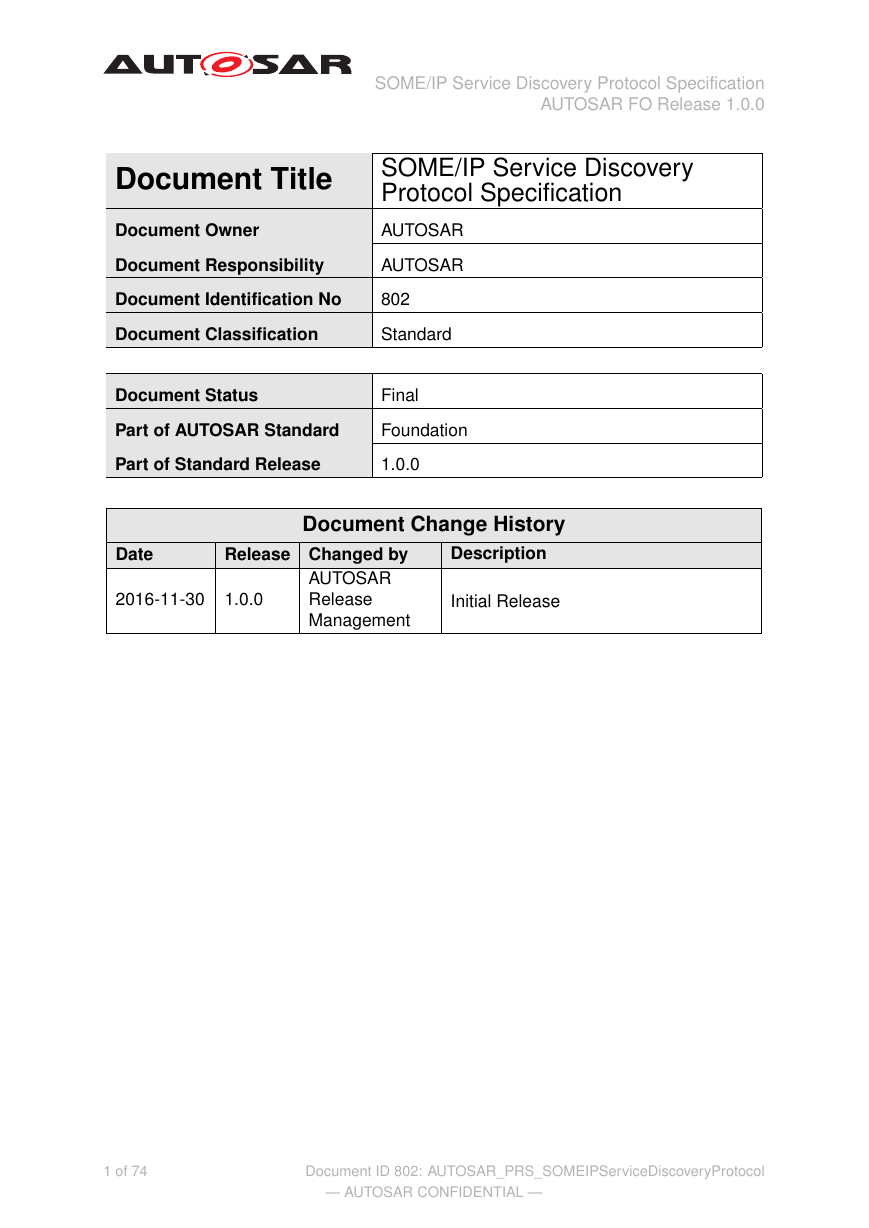
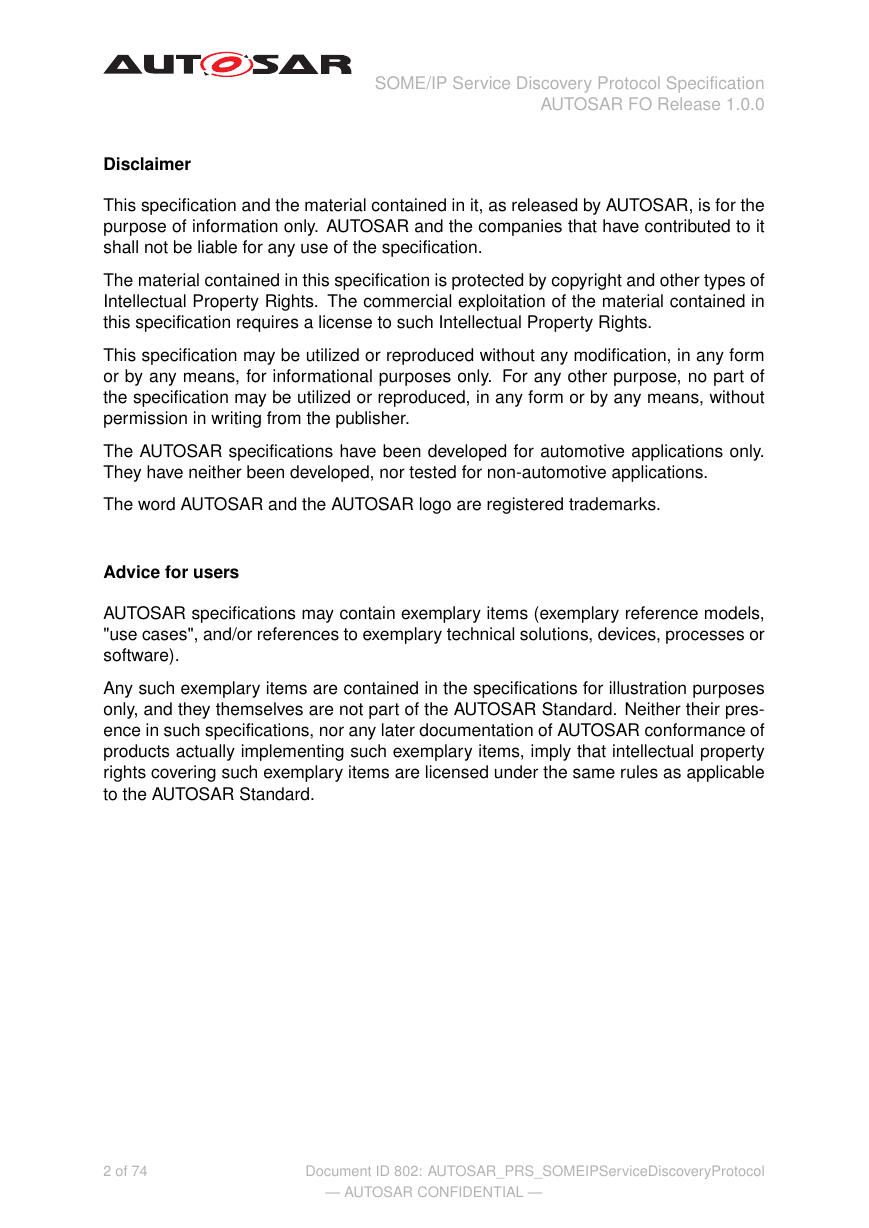
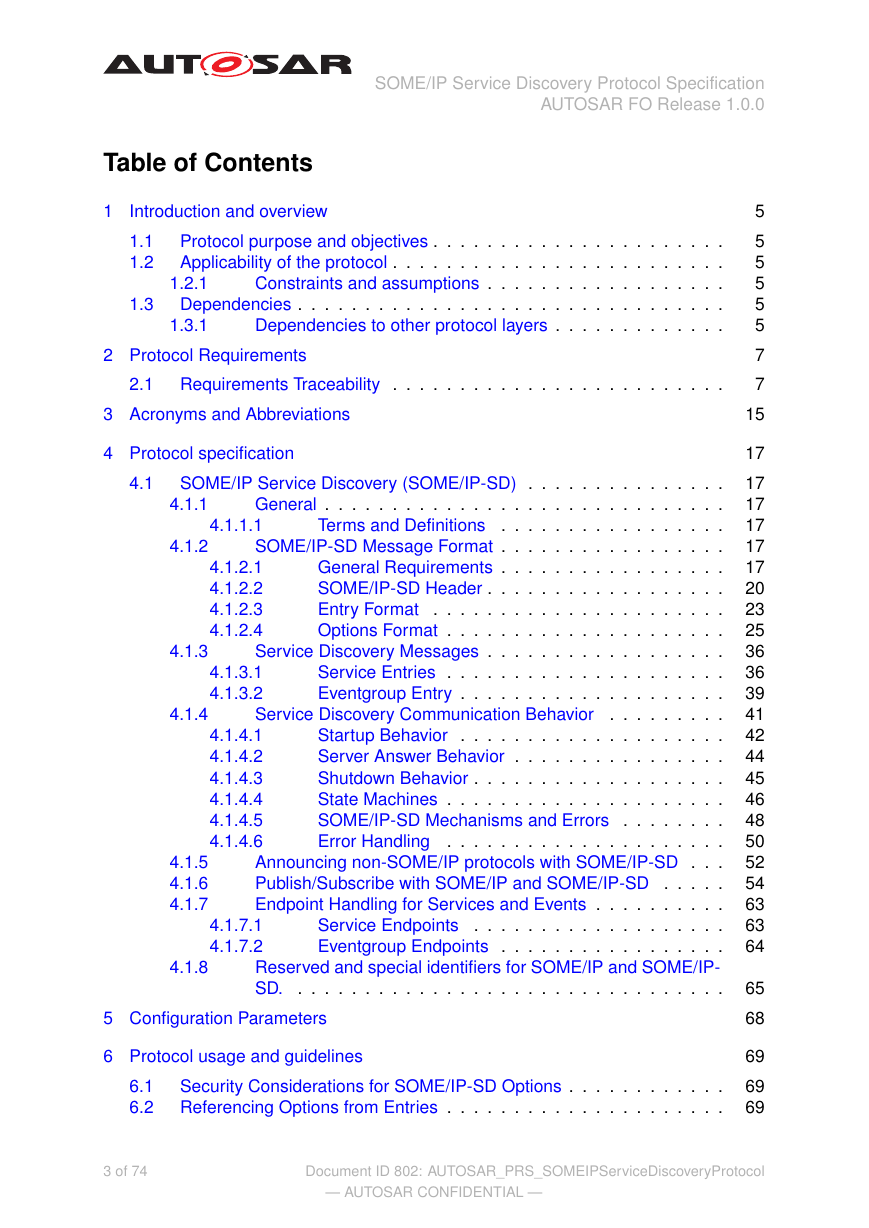
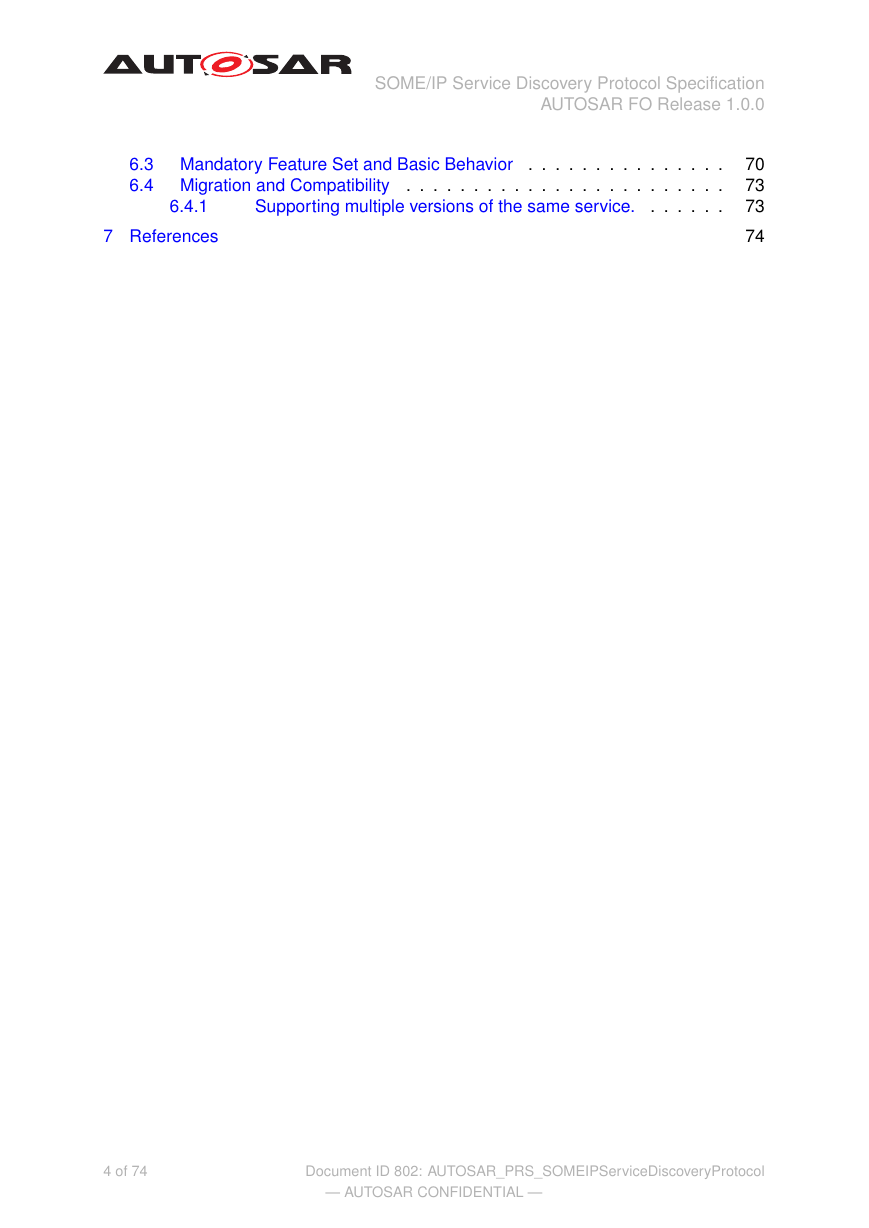

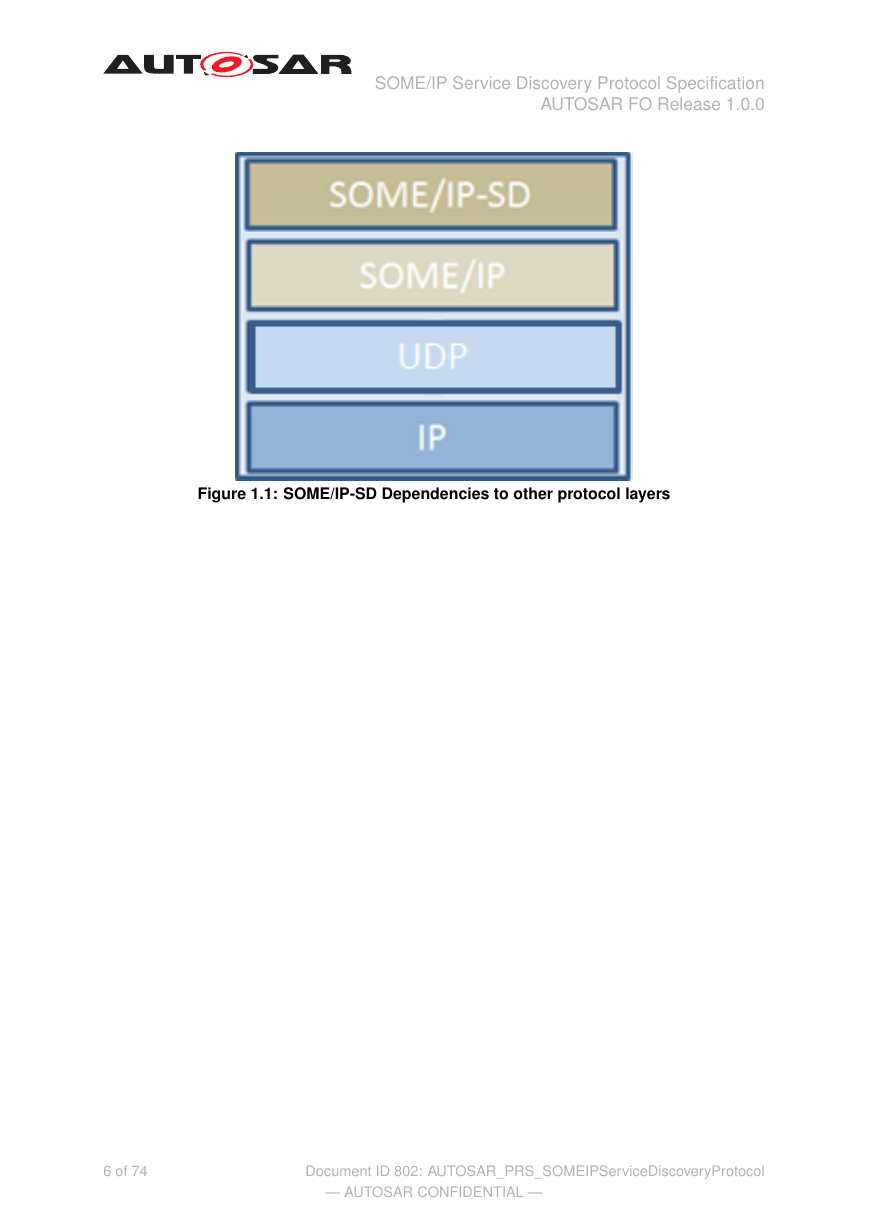
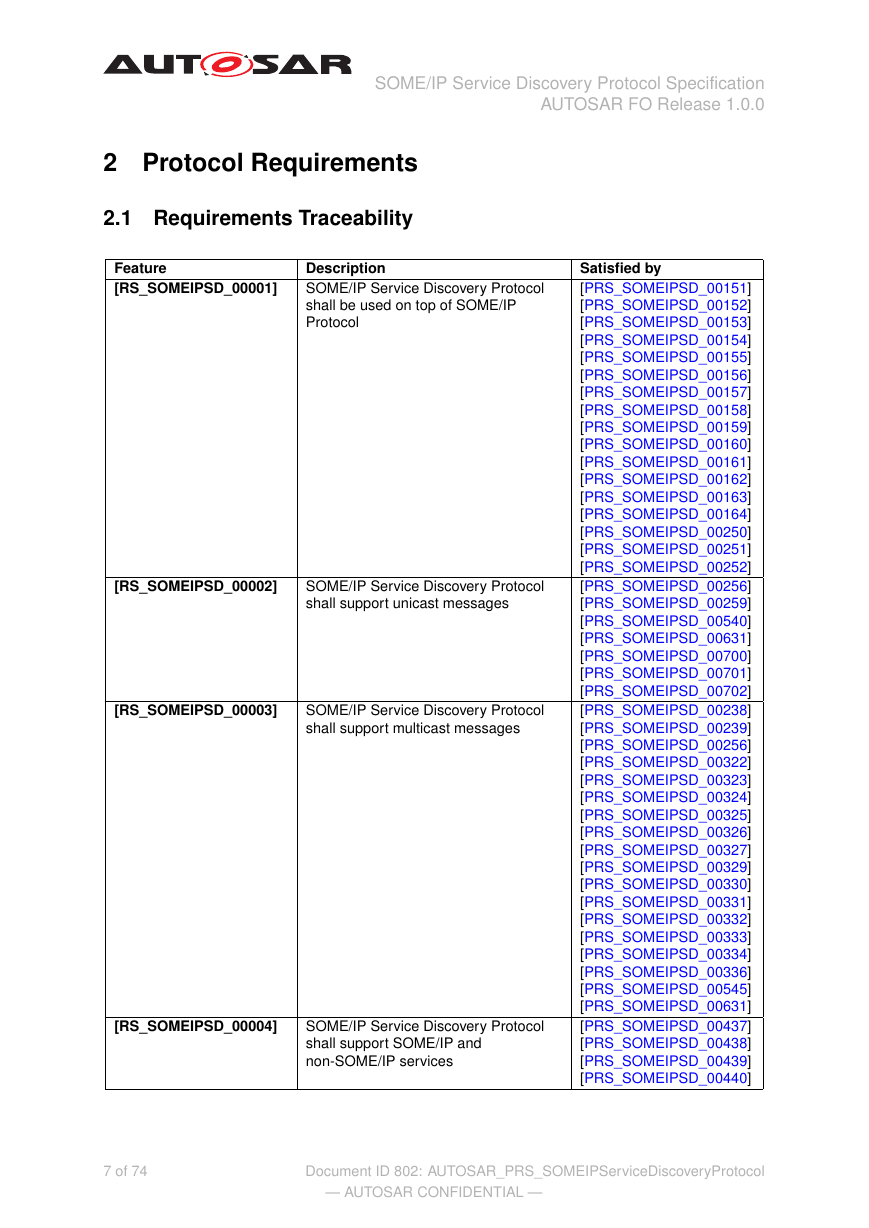
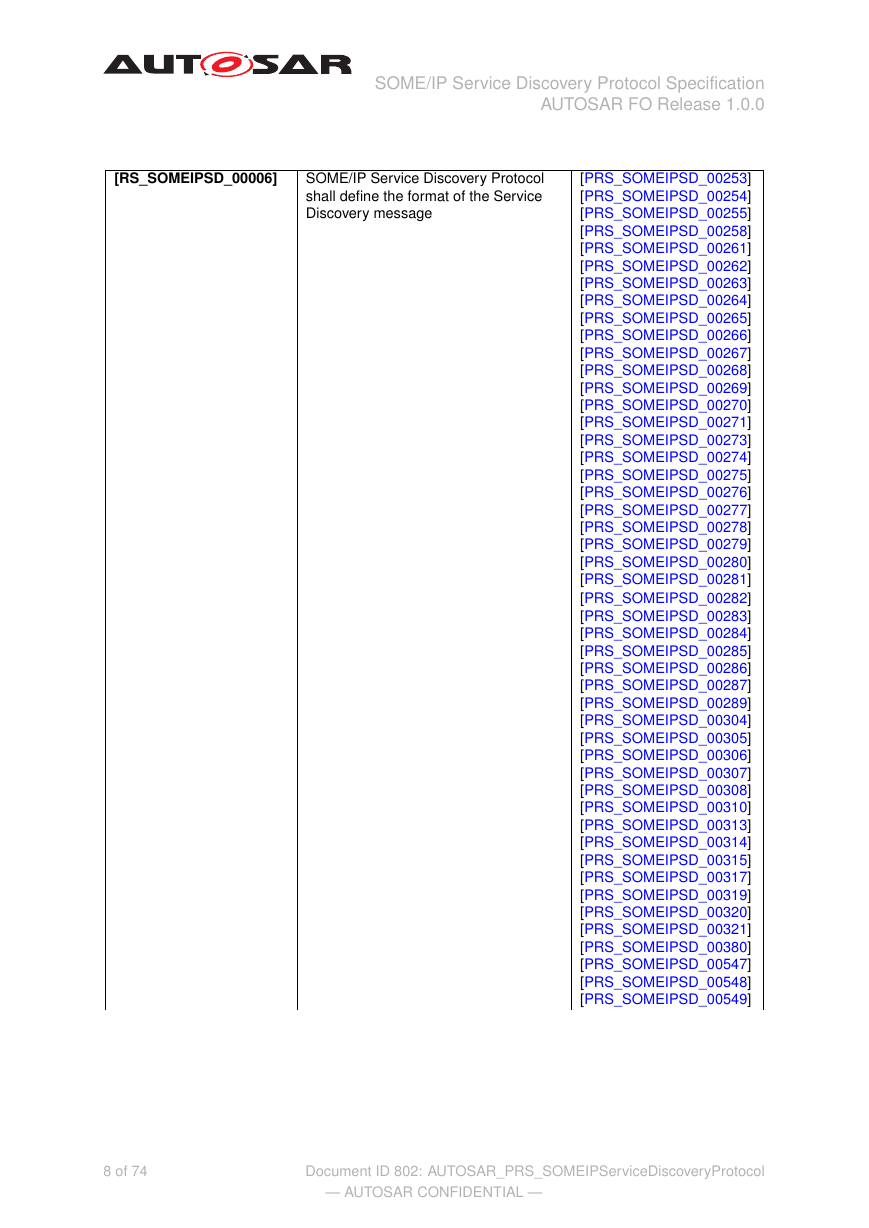








 2023年江西萍乡中考道德与法治真题及答案.doc
2023年江西萍乡中考道德与法治真题及答案.doc 2012年重庆南川中考生物真题及答案.doc
2012年重庆南川中考生物真题及答案.doc 2013年江西师范大学地理学综合及文艺理论基础考研真题.doc
2013年江西师范大学地理学综合及文艺理论基础考研真题.doc 2020年四川甘孜小升初语文真题及答案I卷.doc
2020年四川甘孜小升初语文真题及答案I卷.doc 2020年注册岩土工程师专业基础考试真题及答案.doc
2020年注册岩土工程师专业基础考试真题及答案.doc 2023-2024学年福建省厦门市九年级上学期数学月考试题及答案.doc
2023-2024学年福建省厦门市九年级上学期数学月考试题及答案.doc 2021-2022学年辽宁省沈阳市大东区九年级上学期语文期末试题及答案.doc
2021-2022学年辽宁省沈阳市大东区九年级上学期语文期末试题及答案.doc 2022-2023学年北京东城区初三第一学期物理期末试卷及答案.doc
2022-2023学年北京东城区初三第一学期物理期末试卷及答案.doc 2018上半年江西教师资格初中地理学科知识与教学能力真题及答案.doc
2018上半年江西教师资格初中地理学科知识与教学能力真题及答案.doc 2012年河北国家公务员申论考试真题及答案-省级.doc
2012年河北国家公务员申论考试真题及答案-省级.doc 2020-2021学年江苏省扬州市江都区邵樊片九年级上学期数学第一次质量检测试题及答案.doc
2020-2021学年江苏省扬州市江都区邵樊片九年级上学期数学第一次质量检测试题及答案.doc 2022下半年黑龙江教师资格证中学综合素质真题及答案.doc
2022下半年黑龙江教师资格证中学综合素质真题及答案.doc